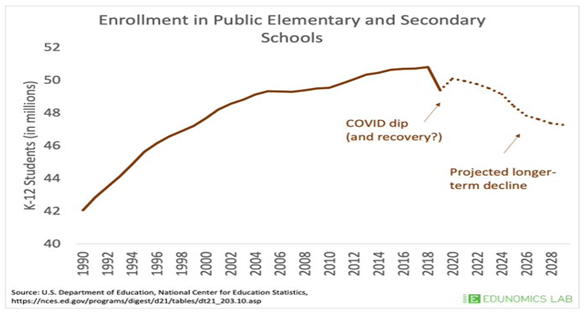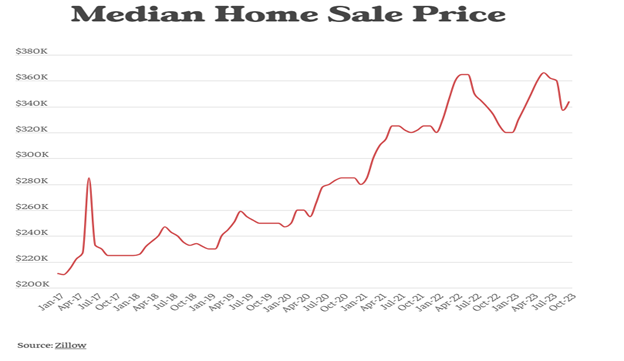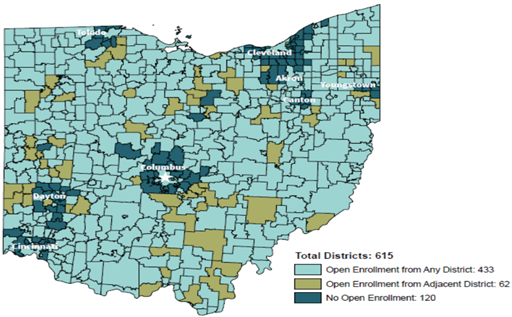
The collapse of the Soviet Union in the early 1990s instigated an enormous Russian baby bust. Geopolitical analysts Peter Zeihan predicted in a 2014 book that Russia would invade Ukraine by 2022 at the latest. Zeihan based his prediction in part on the lack of prospective Russian soldiers, which would make it increasingly undoable from that point forward. Thus, Russia apparently emptied out its prisons for front-line cannon fodder.
The baby bust also hit Ukraine, leaving the country in the unenviable dilemma of either sending old men to the front to defend their country or sacrificing what remains of their future. If the small youth population fails to have children, no more Ukraine. The average Ukrainian soldier is currently 43 years old. By comparison, the average age of active-duty American service members is 28, and the average Marine Corps recruit is 19. How long until we receive a report of a Ukrainian grandfather taking a former Russian inmate prisoner after knocking him unconscious with a walking cane?
The baby bust didn’t just hit Eastern Europe, however; in many countries, baby boomers had few children. In Italy, entire villages stand depopulated, and properties were turned over to local governments because elderly residents had no one to leave them to. Italian cities have therefore taken to selling homes for a single Euro to those willing to put in the expense and effort to repair them.

Lest we grow smug, note that we Americans have a baby bust as well, with ours getting underway in 2008. America’s baby boomers had children (the millennials), but the millennials have yet to show a high propensity for childrearing.

In fact, America’s answer to the one Euro house is a website called OldHousesUnder50k. During the pandemic, your author fell into this rabbit hole of a website, utterly fascinated by where these houses were located, and where they were not. Spoiler alert: fast growing states like Arizona, Idaho and Utah have almost no listings, whereas states with declining populations, and especially rural areas in states with declining populations, have page after page of them. Six hours into surveying this website, I noticed he was getting loopy and decided it would be a good idea to eat something.
So, assuming we’d like to have a country going forward, we might want ditch housing development restrictions. Older, property-owning Americans are so very fond of restricting the supply of new housing, but it is a daunting challenge for young people looking for a place to raise children:

While we are increasing the supply of housing, we should also increase the supply of schools. This would make parenting less of a rat race in which many try to buy their way into the dark blue districts in the below map for the “good schools” and bid up real estate in the process.

Don’t get too gloomy just yet: life has a funny way of surprising those who project current trends indefinitely into the future. Housing and high demand schools both stand in short supply but this need not be the case.


